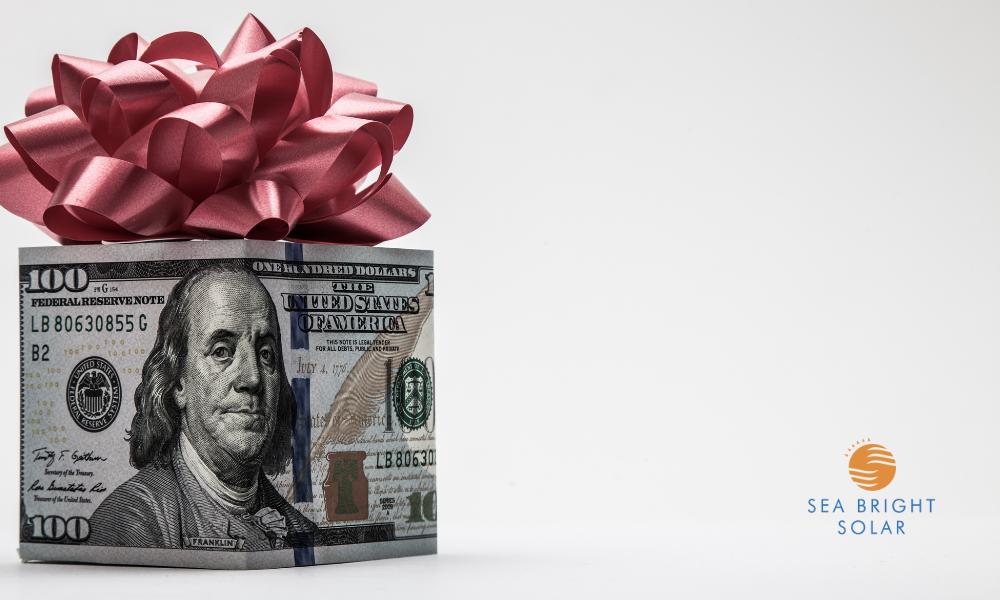As 2025 brings significant changes to solar incentive programs across our service areas, homeowners in New York, New Jersey, and California have access to more savings opportunities than ever before. Understanding these programs is crucial for maximizing your solar investment.
Federal Tax Credit Foundation
The 30% federal tax credit remains available across all states through 2032. For a typical home solar installation costing $20,000, this means $6,000 in direct tax savings. However, the real savings come from combining this with state-specific incentives.
New York’s Enhanced Incentives
NY-Sun has announced increased incentives for 2025:
- Direct cash incentives of $0.40-$0.70 per watt
- State tax credit of 25% (up to $5,000)
- Property tax exemption for 15 years
- Zero-interest financing options
For New York homeowners, these combinations can reduce solar costs by up to 60%.
New Jersey’s SREC Successor Program
New Jersey’s new incentive structure offers:
- Guaranteed payments for solar production
- Higher rates for moderate-income households
- Additional battery storage incentives
- Property tax exemption
These incentives often result in faster payback periods than neighboring states.
California’s New Solar Framework
California’s updated NEM 3.0 program includes:
- Enhanced battery storage incentives
- Peak period export credits
- Smart home integration bonuses
- Local utility rebates
While different from previous programs, strategic system design can maximize savings under the new structure.
Real Savings Comparison
A typical 8kW system in each state:
New York:
- System Cost: $24,000
- Federal Tax Credit: -$7,200
- State Incentives: -$5,600
- Net Cost: $11,200
New Jersey:
- System Cost: $24,000
- Federal Tax Credit: -$7,200
- SREC Income: $12,000 (over 10 years)
- Net Cost: $4,800
California:
- System Cost: $24,000
- Federal Tax Credit: -$7,200
- Utility Rebates: -$3,000
- Net Cost: $13,800
Looking Ahead
These incentive programs are designed to evolve:
- Gradual reduction in some rebate amounts
- Increased focus on battery storage
- New smart grid integration bonuses
- Additional environmental credits
Timing Your Investment
Current incentive levels make 2025 an ideal time to go solar. Many programs have scheduled step-downs or caps that will reduce future savings opportunities.
Don’t miss out on these enhanced incentives. Contact Sea Bright Solar today for a detailed analysis of available programs in your state. Our expert team will help you maximize every savings opportunity.








